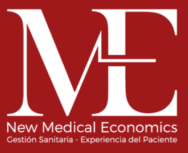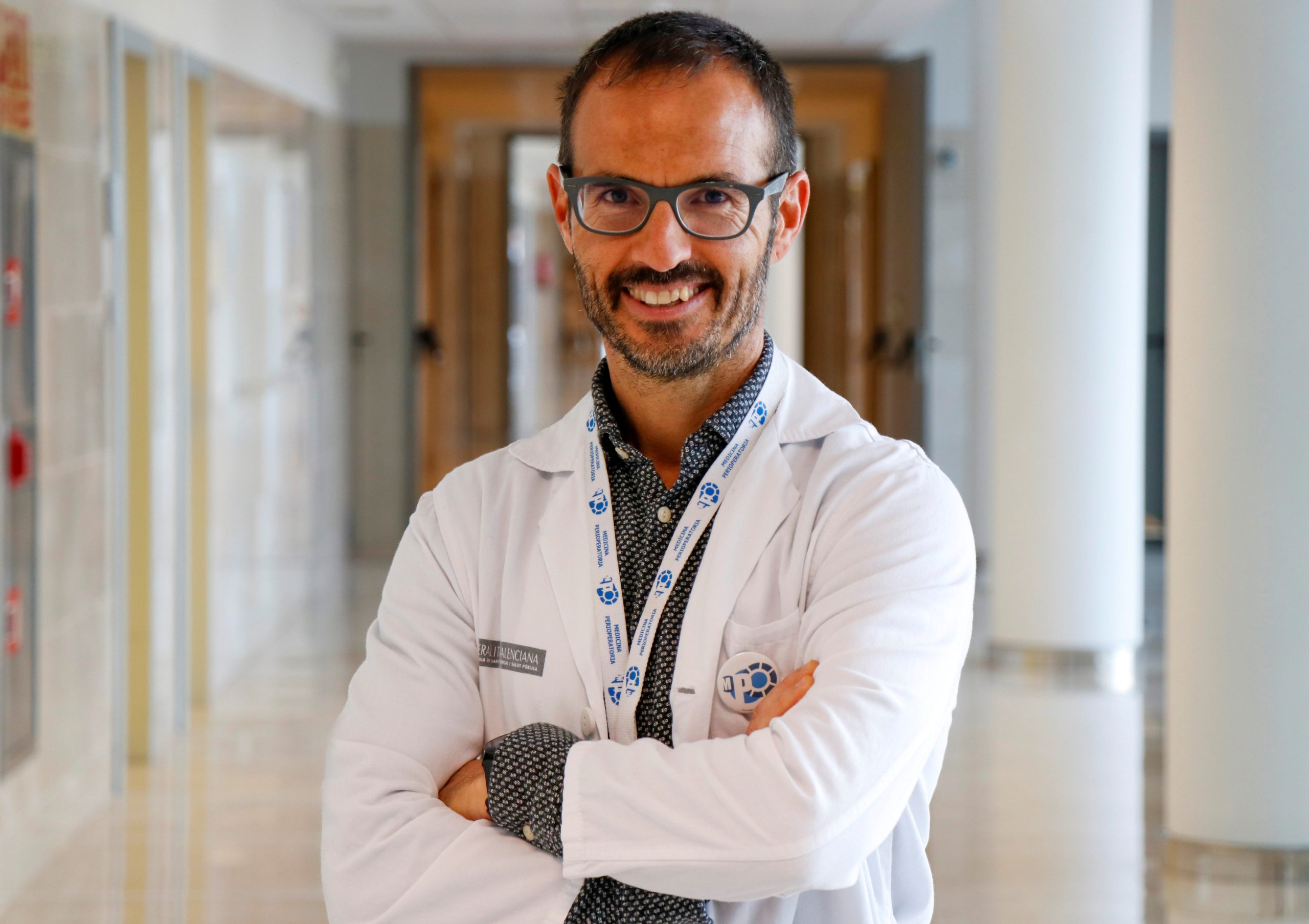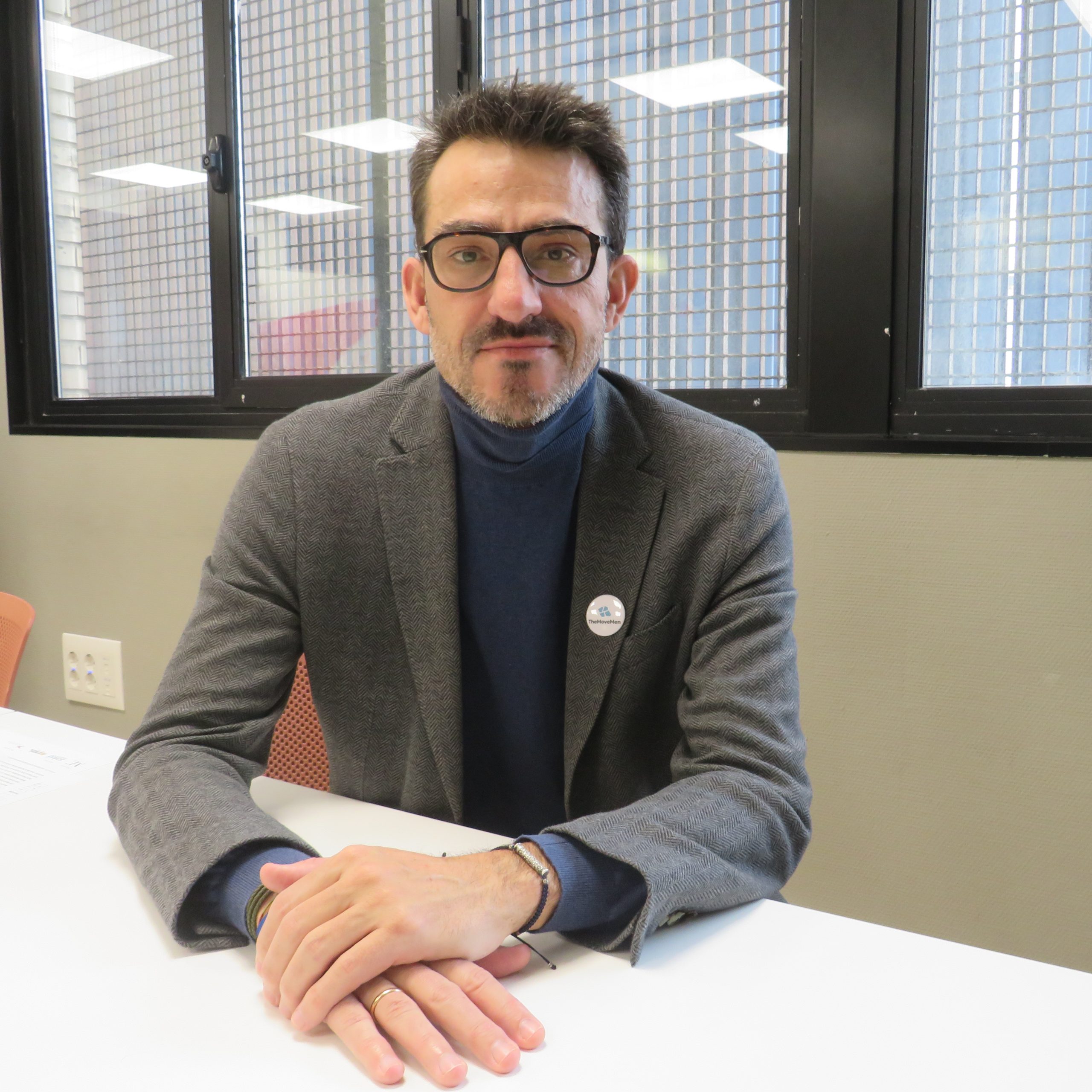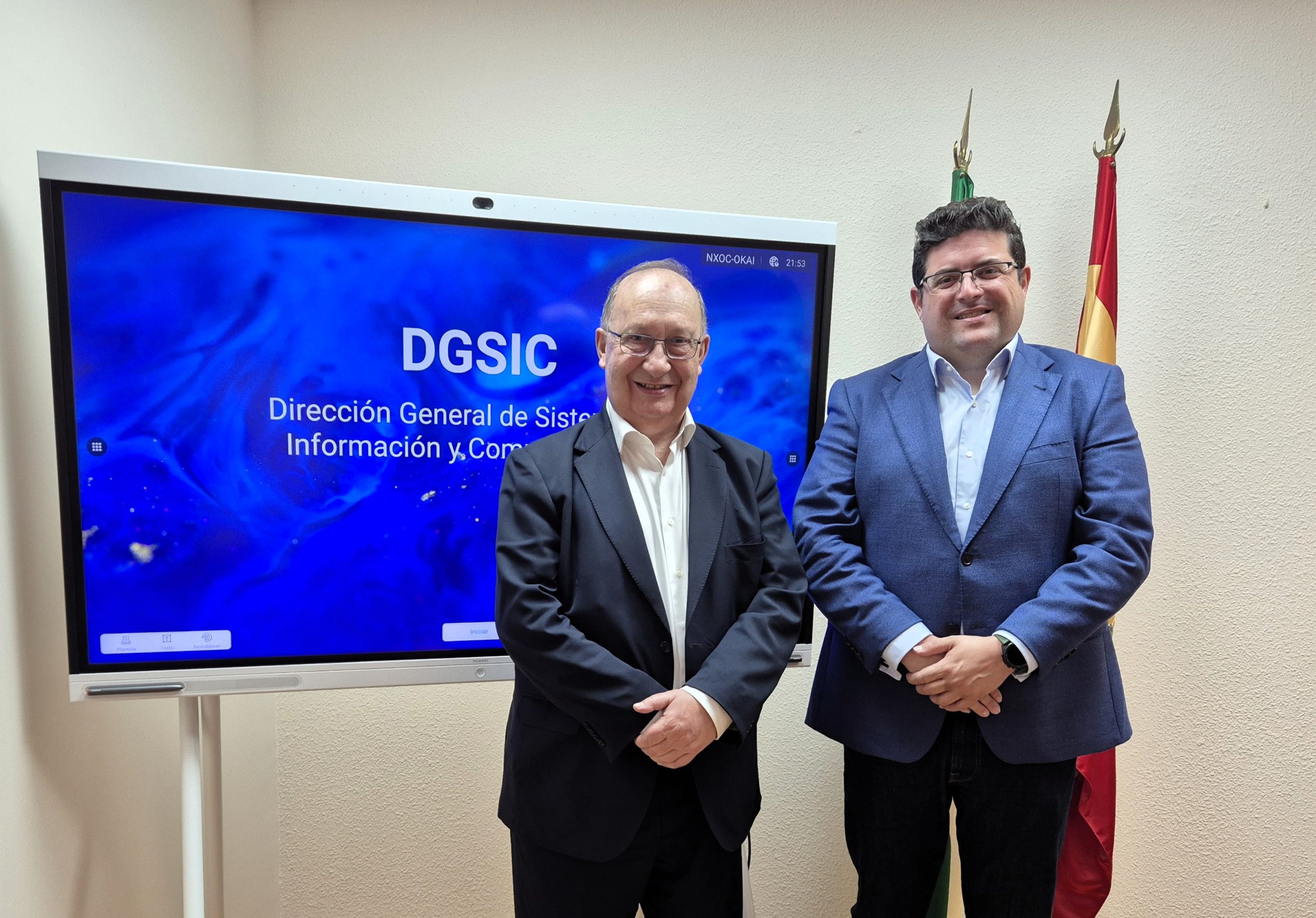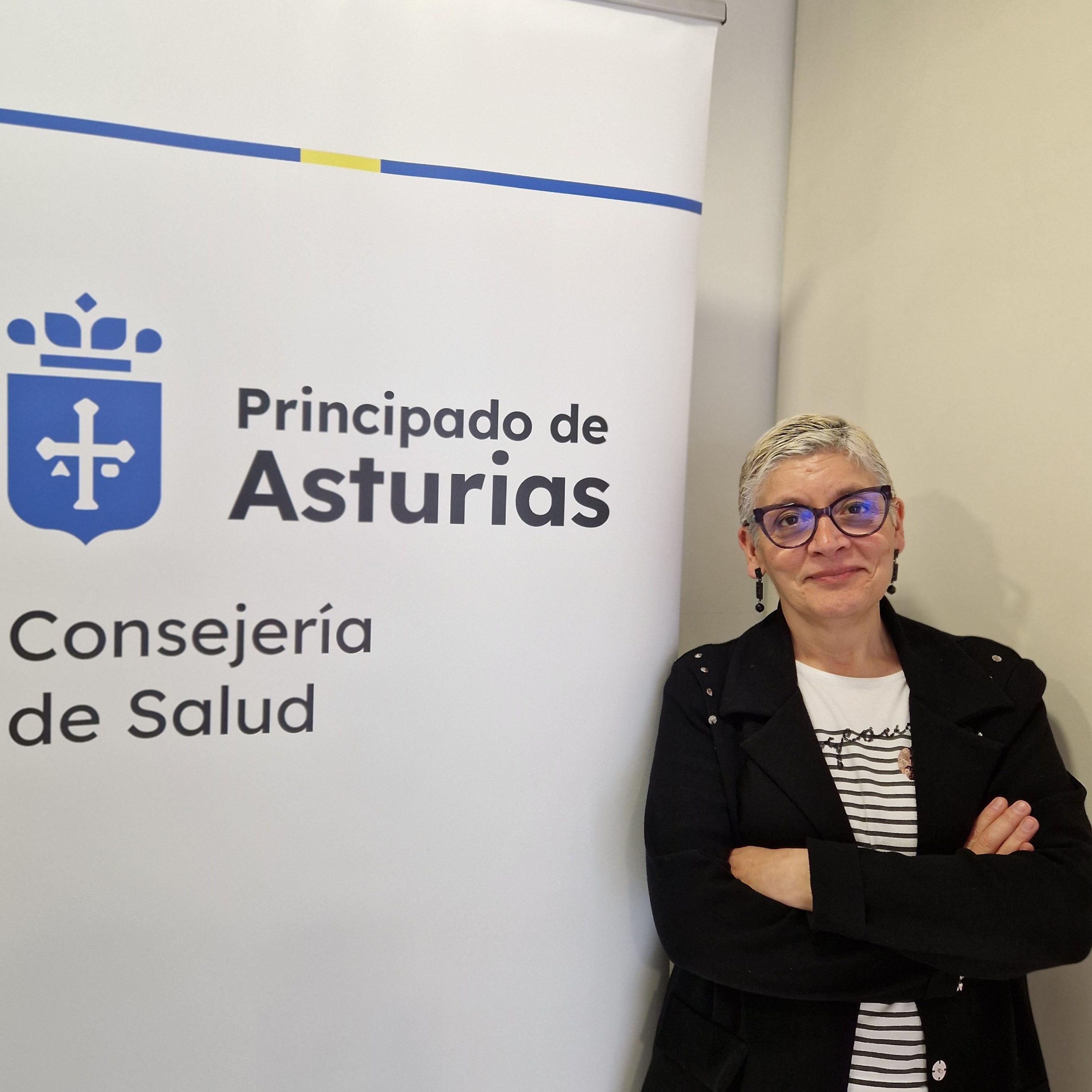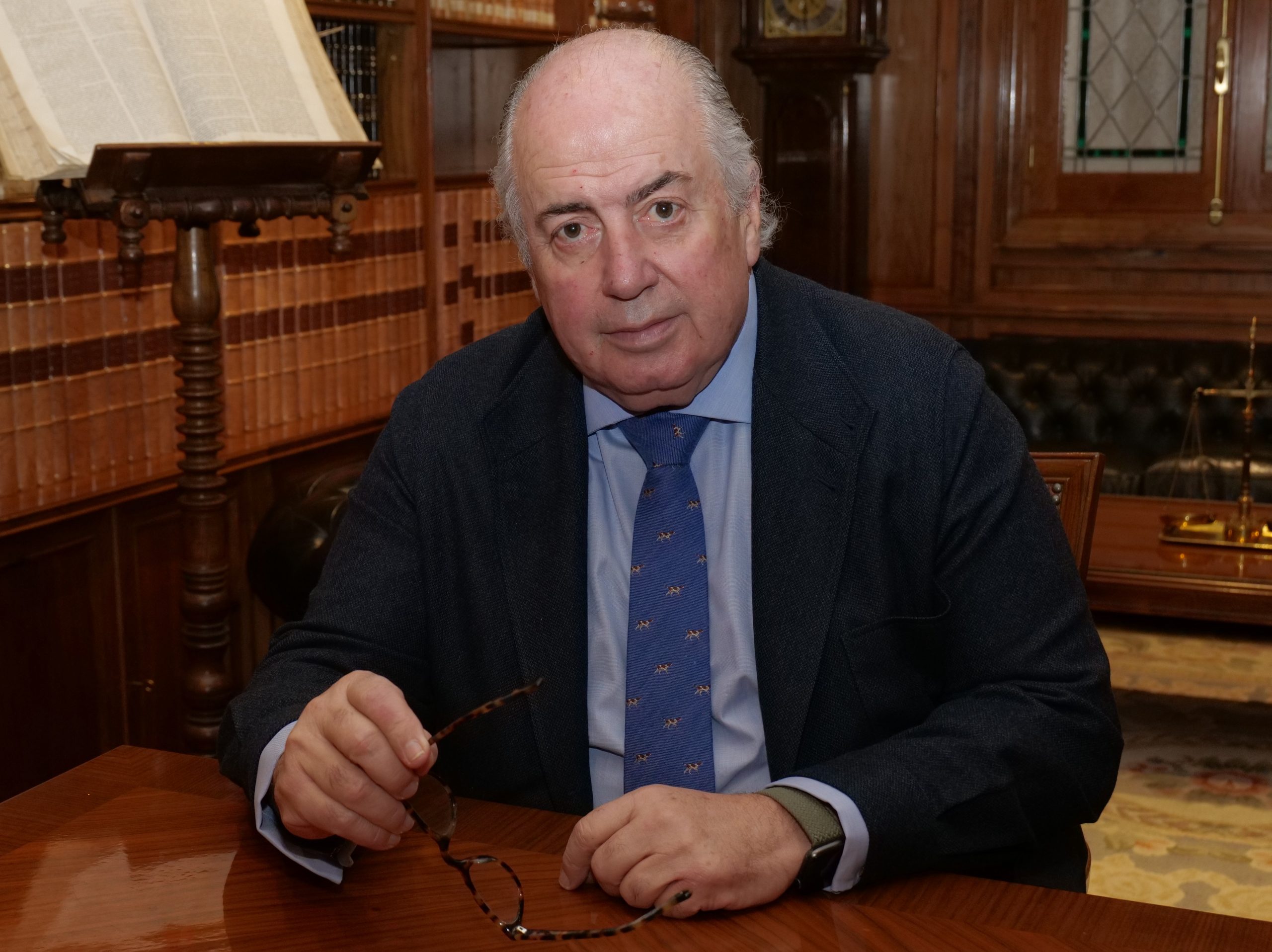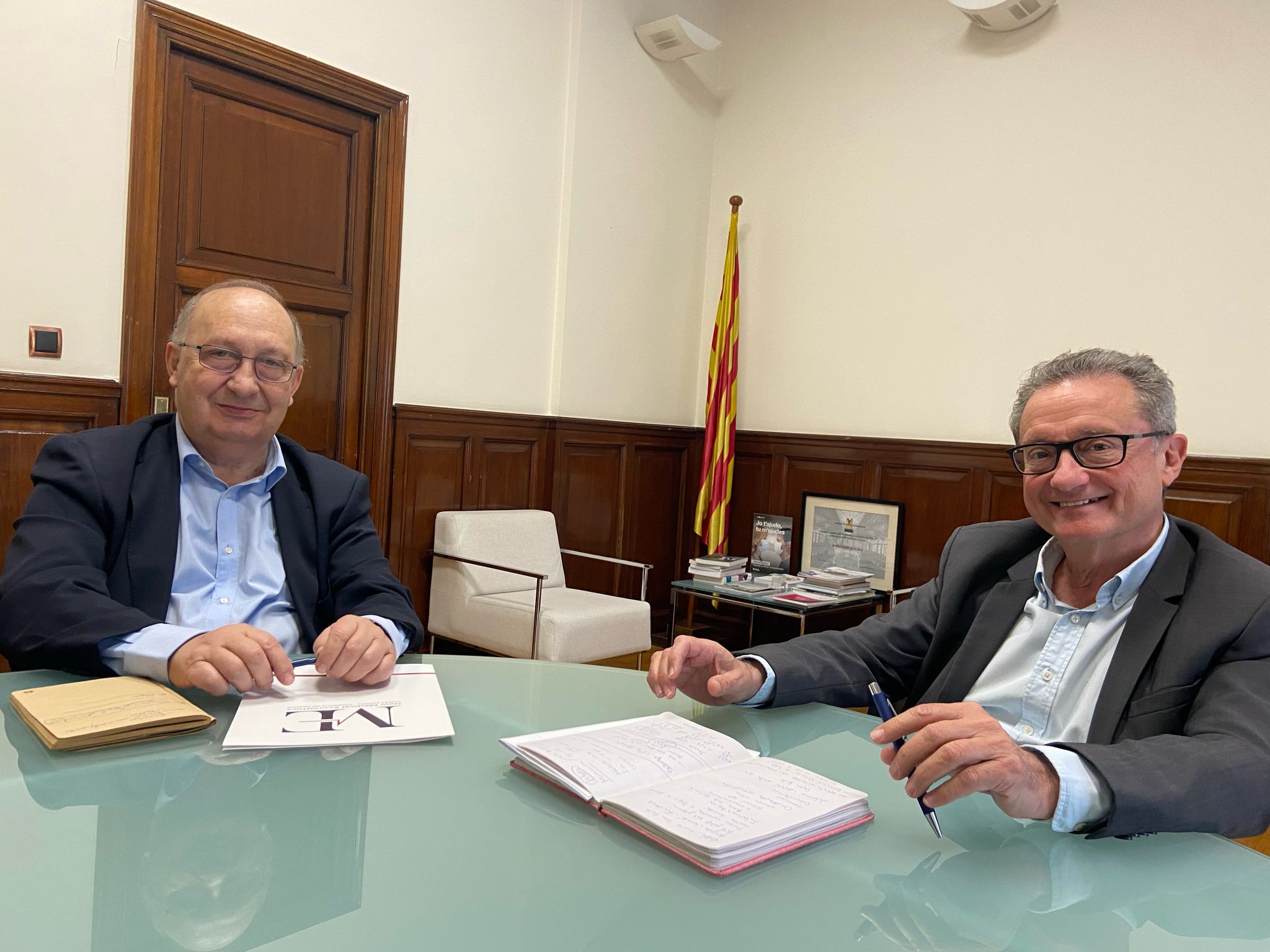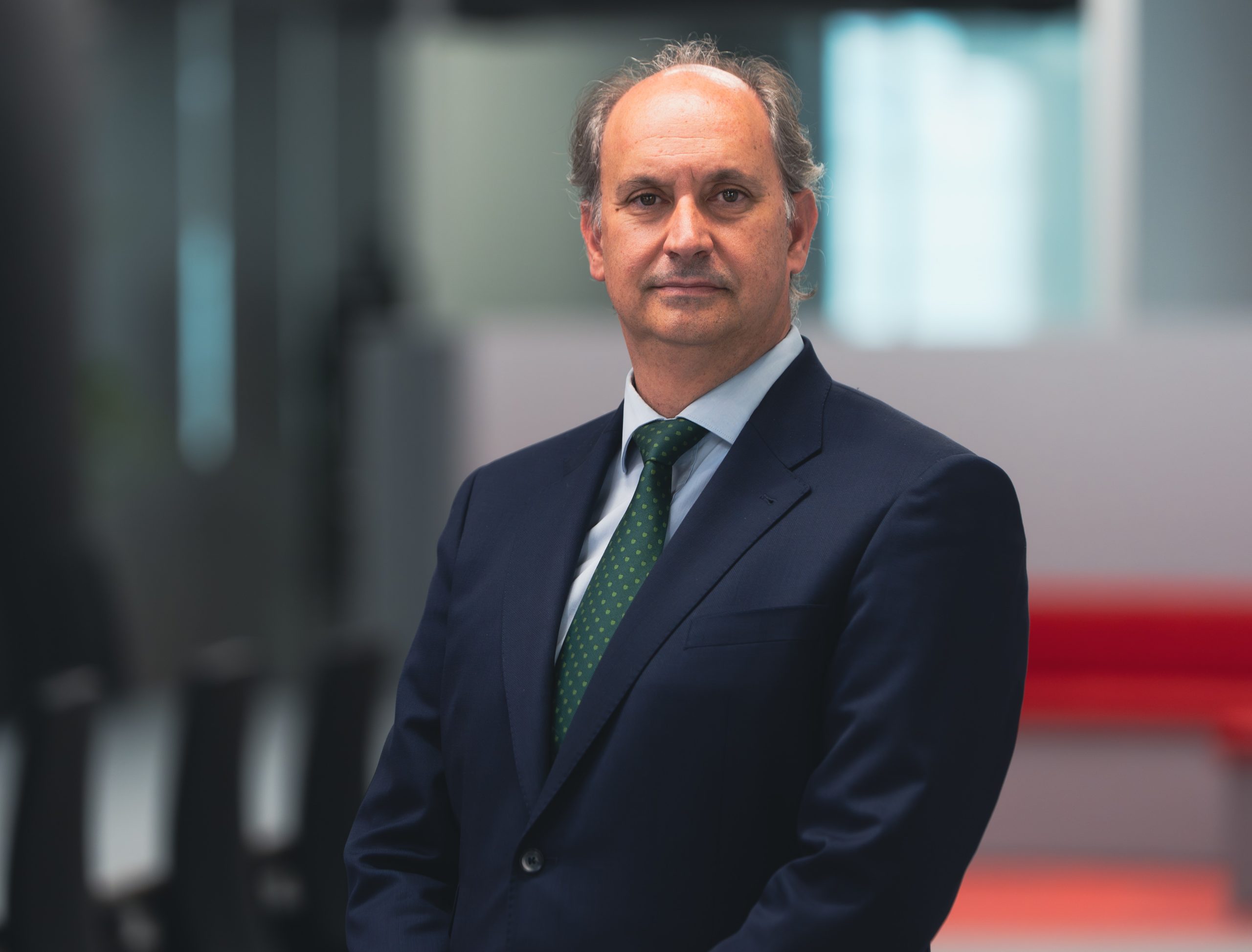«Perioperative medicine will become more personalised over time»
A specialist in Anaesthesiology and Resuscitation, Dr Óscar Díaz-Cambronero has focused his career on perioperative medicine, leading the Perioperative Medicine Unit at the La Fe University and Polytechnic Hospital in Valencia. In recent years, he has promoted innovative programmes such as PRIME, which uses telemonitoring to personalise and improve patients’ postoperative preparation and recovery. In this interview for New Medical Economics, Dr Díaz-Cambronero addresses the challenges and benefits of these programmes and highlights the crucial role of technology and personalisation in perioperative medicine.
Could you explain, in general terms, what Perioperative Medicine is and the impact it has on the surgical process?
Perioperative Medicine (POM) is a set of strategies and measures that are implemented throughout the perioperative stage. Its purpose is not only to optimise the patient’s physical and psychological condition, but also to minimise postoperative complications and maintain quality of life after surgery.
As you mentioned at the National Congress of the Spanish Society of Anaesthesiology, postoperative complications are one of the main causes of mortality. What strategies have you developed in your Unit to address this challenge?
Postoperative complications at 30 days are the third leading cause of all-cause mortality. This is why pre-operative strategies aimed at improving functional capacity are so important. They are based on five pillars:
- Regular physical exercise. This consists of individualised interval physical exercise using the DASI scale, associated with toning and joint mobility exercises to improve the patient’s functional physical capacity and consolidate the healthy habit of regular physical exercise. The patient can view video tutorials on the La Fe Hospital’s Perioperative Medicine channel. For example: https://www.youtube.com/watch?v=CEHwKfuroko&t=19s , https://www.youtube.com/watch?v=Kb4Rbkg8QDQ&t=2s
- Correction of anaemia. Assessment of anaemia and administration, if necessary, of intravenous iron in a day hospital to reduce the risk of transfusion and improve fatigue.
- Nutritional support. Individualised endocrinological assessment, immunonutrition and administration of preoperative maltodextrins are performed. In addition, instructions are given for a balanced and healthy diet.
- Emotional support through a psycho-oncologist in collaboration with the Spanish Association Against Cancer to acquire tools to face the process, improve psychological well-being and also to give up toxic habits (tobacco/alcohol). They are also given access to a mindfulness programme in collaboration with the Psychology Service at La Fe Hospital.
- Healthy habits. The final objective of this process is to consolidate healthy lifestyle habits that include regular physical exercise, a balanced diet and giving up toxic habits following the recommendations of the WHO (World Health Organization).
As for the prehabilitation of patients, could you explain what this process consists of specifically and the benefits associated with it?
Prehabilitation is a personalised intervention with a preoperative physical training programme associated with nutritional and psychological support, as well as the correction of anaemia. It aims to increase the functional reserve of the subject so that they are able to cope with the consequences of surgical stress and, therefore, reduce the incidence and severity of postoperative complications and speed up recovery after surgery.
To humanise the surgical process, we have implemented measures to make the patient feel like they are not alone. From allowing them to choose music in the operating theatre, to creating a more welcoming environment and assigning them a nurse case manager. In addition, we integrate quality of life scales and questionnaires to get the patient’s perspective, which allows us to improve and adjust the care provided based on what the patient really needs. This approach makes a big difference to a patient’s emotional and physical well-being.
How is technology being used in remote patient monitoring? What progress has been made in this area?
The benefits of prehabilitation are usually assessed by means of one-off tests mainly oriented towards physical fitness. The introduction of remote monitoring allows us not only to evaluate physiological parameters related to physical condition such as heart rate, SaO2, respiratory rate, but also those that reflect a functional state of balance between the sympathetic and parasympathetic systems and thus provide us with global information on the patient’s state in terms of stress, sleep quality, energy, etc.
During the Congress you also mentioned the use of remote monitoring in a programme called PRIME (Perioperative Remote Individualised Monitoring Programme). What does this programme consist of and what results have you observed so far?
The PRIME programme consists of introducing telemonitoring tools throughout the perioperative period. Therefore, during the preoperative period, we can assess in real time the impact of prehabilitation strategies, individualising them for each patient until they are fit for surgery. In the postoperative period, we can assess the recovery from surgery for each patient until they reach their baseline biometric data profile, which allows us to take an individualised surgery recovery approach.
As for the challenges of the PRIME programme, we had to articulate a circuit that is not what is usually used. Often, each professional is in charge of various aspects without being in constant communication. With this programme, we try to provide continuity of information among all professionals, as if the patient were preparing for a race. We use advanced medical devices that monitor various physiological parameters and allow us to personalise the preparation of each patient. The goal is for each patient to be in the best possible condition before surgery, and this requires a full integration of information from the preoperative phase to the postoperative follow-up.
The PRIME programme has posed a significant challenge, especially in terms of coordination. We have had to develop a complete healthcare circuit that allows the different professionals to collaborate continuously in the perioperative process. Unlike the traditional approach, where each area works in isolation, with PRIME we treat the patient as if they were preparing for a race, personalising their preparation and recovery using remote monitoring devices. This involves listening to their needs and adjusting our treatments accordingly.
Technology, big data and artificial intelligence are increasingly being integrated into medicine. How are you using these tools in your Unit?
We manage a large volume of data from our patients, more than half a million per day. This data is transferred from the device to the patient’s mobile phone, from there to the cloud, and finally to a server. This allows us to visualise the patient’s evolution through a traffic light-like alert system, which helps to identify the patient’s functional recovery in real time. In addition, we are working on improving this process with artificial intelligence, so that we can be predictive and not just descriptive.
Continuous monitoring during the 30 days before and 30 days after surgery with biometric data every second generates an enormous amount of data. We are talking about more than 500,000 data every day. The ability to analyse this data permits the use of artificial intelligence tools not only to describe the evolution of patients but also to identify patterns that allow for the early diagnosis of complications.
The amount of data we generate is huge, and to manage it we use a system that transfers the information from the patient’s device to the cloud, and then to a server. We visualise these data using a traffic light-like alert system that indicates the patient’s recovery status. We are currently working on making this process more predictive thanks to artificial intelligence, which will allow us to anticipate complications and further personalise the treatment. Being predictive is the next big step.
How important is it to integrate patient perception into the healthcare circuit? How have you managed to put this into practice?
In recent years, we have witnessed an evolution in the paradigm of medicine: the evidence- and outcome-based model has given way to a value-centred approach, where the patient is at the heart of the care. This not only implies a change in clinical objectives, but also gives a leading role to the outcomes reported by the patient, in terms of quality of life and experience throughout the care process. These results are now considered as relevant as traditional clinical outcomes, and their integration into daily practice is essential to improve the overall quality of healthcare.
In collaboration with our patients, we have designed the program “At your side in your surgery”, which seeks to accompany patients undergoing major abdominal surgery from the moment the intervention is indicated, through preoperative preparation, to full functional recovery. This approach allows the patient to play an active role in their care, improving their emotional and physical well-being throughout the process.
In our Unit we selected validated scales EQ5D (EuroQol-5) and DASI (Duke Activity Score Index) that allow us to evaluate patient reported outcomes (PROMS) throughout the perioperative process. They are assessed in the pre-anaesthetic visit before starting the programme and at discharge from the programme at 30 days postoperative.
- The EQ5D scale assesses health-related quality of life (HRQoL) in five health dimensions (mobility, self-care, daily activities, pain/discomfort and anxiety/depression), and each has three levels of severity (no problems, some problems or moderate problems, and serious problems). The EQ5D questionnaire also rates the patient’s perceived quality of life from 1 to 10.
- The DASI scale is ideal for estimating the patient’s functional capacity by correlating with metabolic equivalents (METs) and oxygen consumption (VO2max), allowing for the individualisation of physical exercise.
We also evaluated the patient reported experience (PREMS) through a specific quality survey via QR during hospitalisation and a personalised interview on postoperative day 30 aimed at evaluating the patient’s experience throughout the perioperative period, learning about their level of satisfaction with the programme and identifying areas for improvement.
Long-term postoperative follow-up is also an essential part of your work. How important is this monitoring and how do you implement it?
A daily face-to-face visit is carried out in the postoperative period during hospitalisation. Telemonitoring and proactive monitoring of complications until complete functional recovery or return to the activities of daily living is performed until postoperative day 30. From day 30 onwards, a yearly follow-up is carried out through a review of the patient’s medical history so as to assess oncological recurrence and/or mortality of any cause.
How do you think perioperative medicine will evolve in the coming years, especially with the technological advances that are taking place?
In our opinion, telemonitoring tools are here to stay and provide enormous added value to perioperative care by making it possible to individualise measures to optimise patients, identify an individualised recovery process for each patient and detect post-surgical complications early in order to provide safer perioperative care.
I firmly believe that perioperative medicine will be increasingly personalised. Advances in remote monitoring and data analysis will allow us to offer much more individualised care, anticipating complications and adjusting treatment to the specific needs of each patient. Integrating data from the patient’s medical history in order to be predictive will be critical, and these advances will make the patient feel more accompanied and confident throughout the process.
How important is training and continuous updating in a field that is constantly evolving technologically?
Continuous training is essential as well as sharing the experiences and successes of other units so that we can implement these improvements in our hospitals.
Lastly, would you like to underline the importance of innovation in the perioperative field?
It is essential that hospital management believes in the possibilities of integrating new remote monitoring tools and predictive analytics into standard practice. However, it is even more important that they are flexible enough to redesign the care circuits integrating what the patient needs or demands to provide comprehensive care. Our trajectory has been possible thanks to the support of the Surgical Unit Director, Dr Argente Navarro and the Hospital Manager, Dr Poveda.

